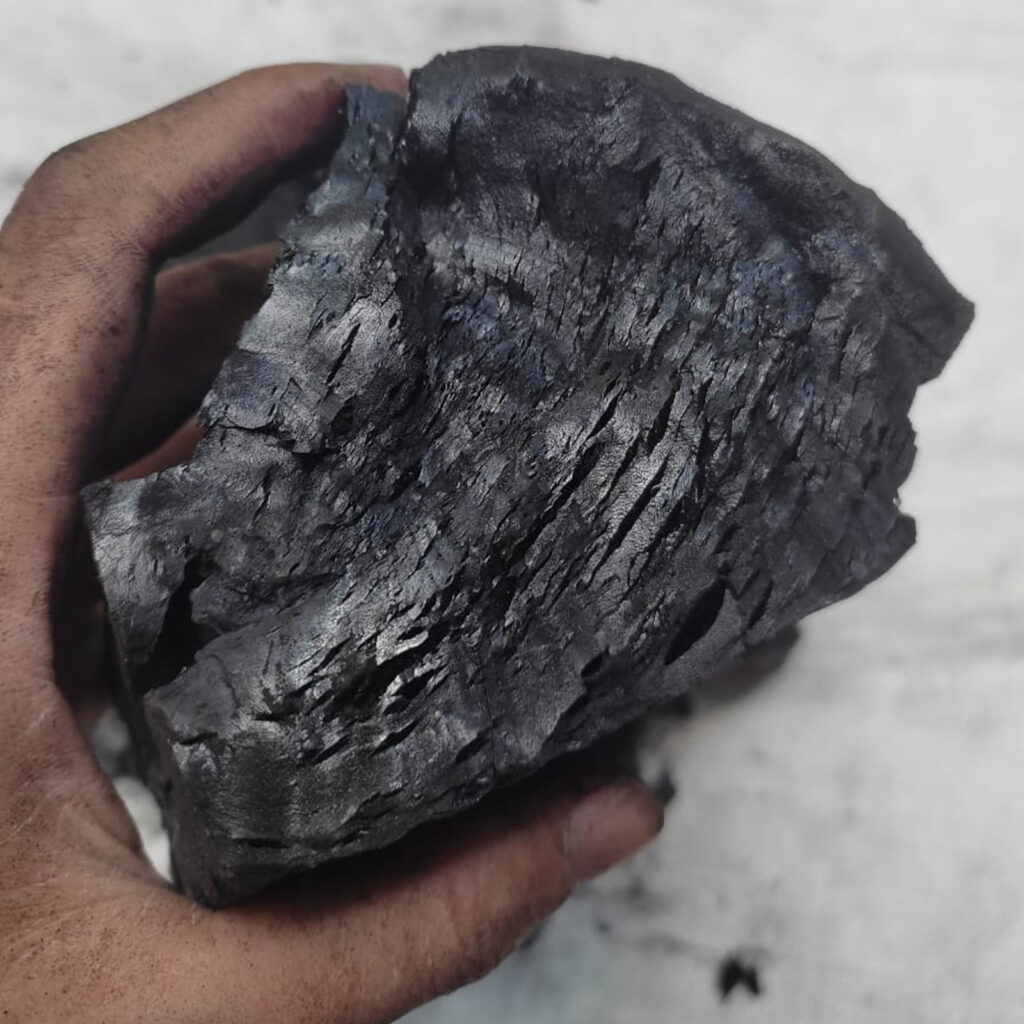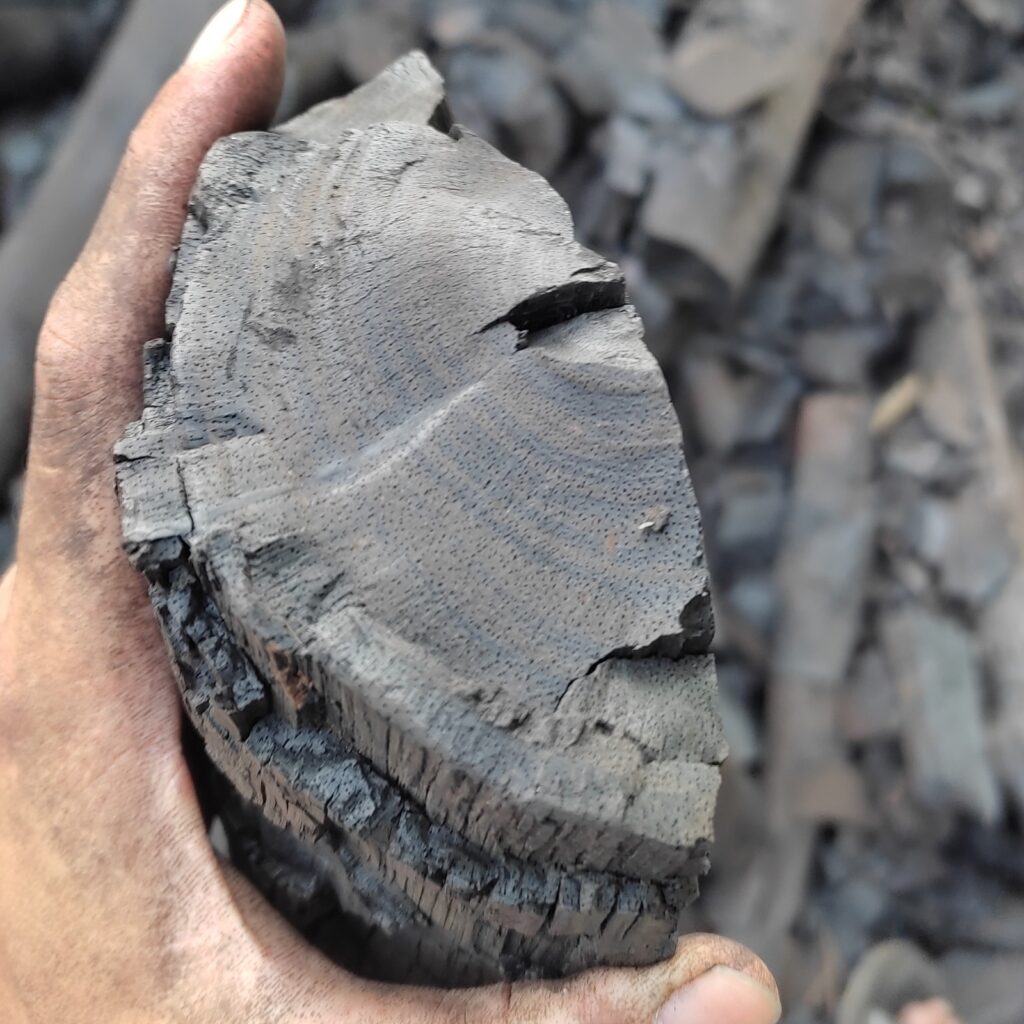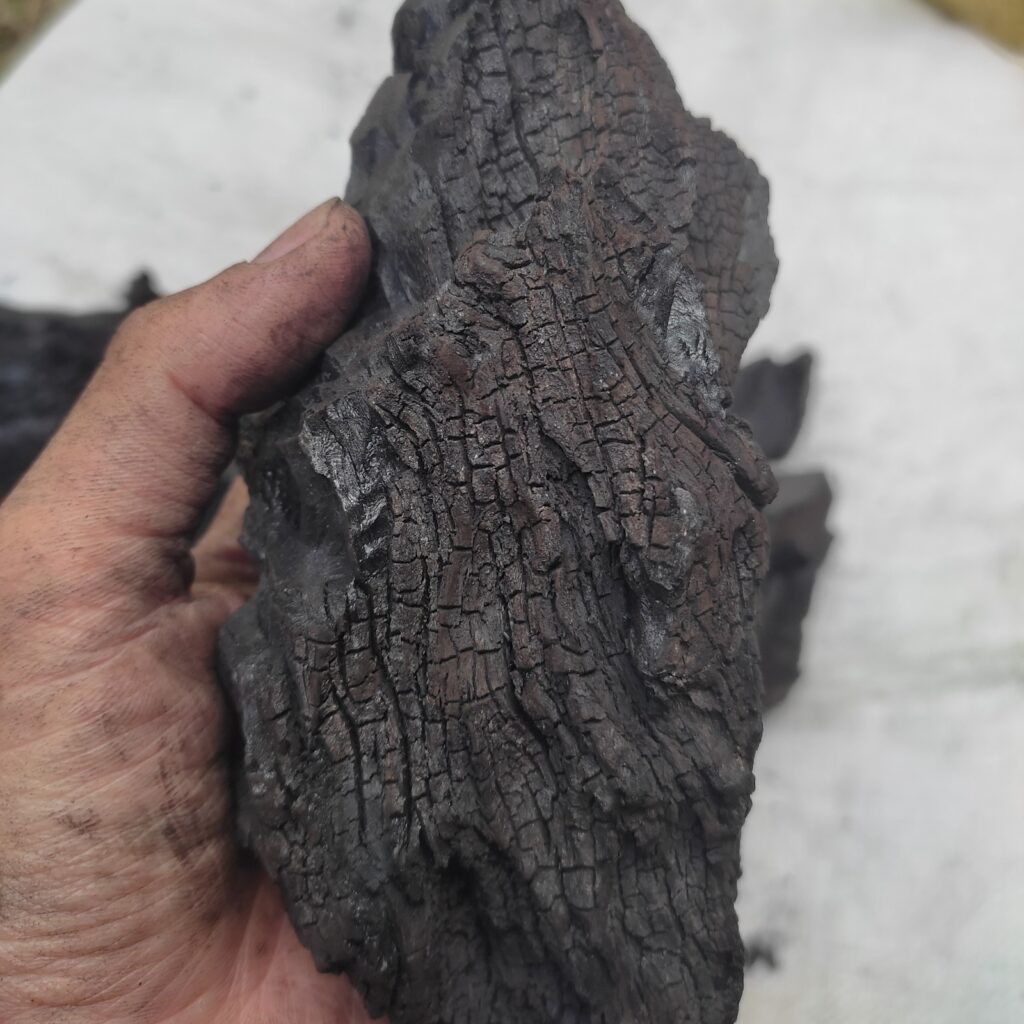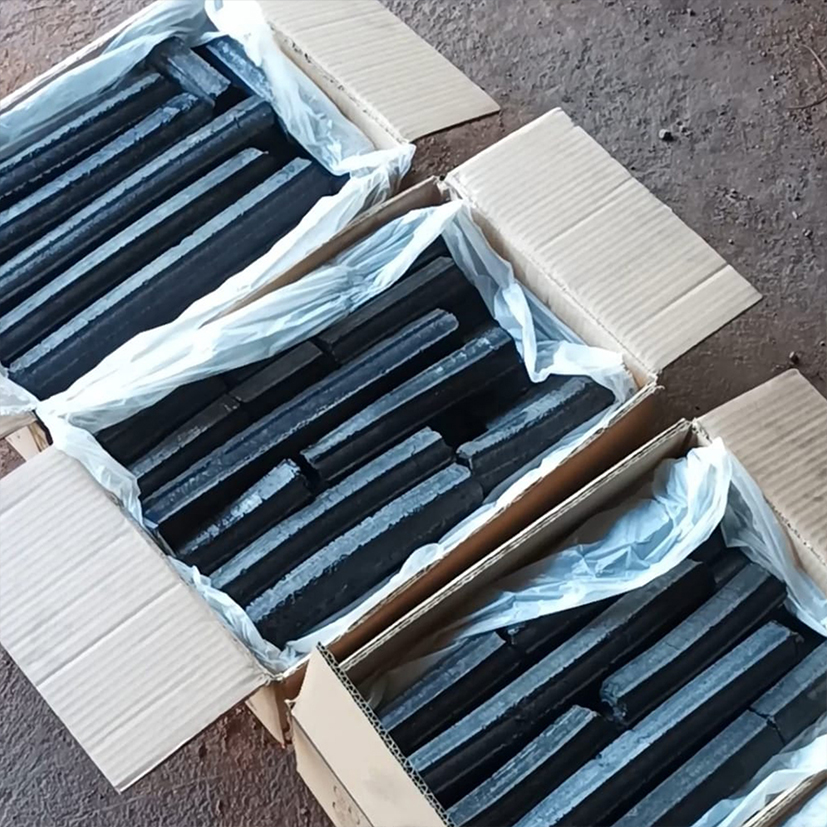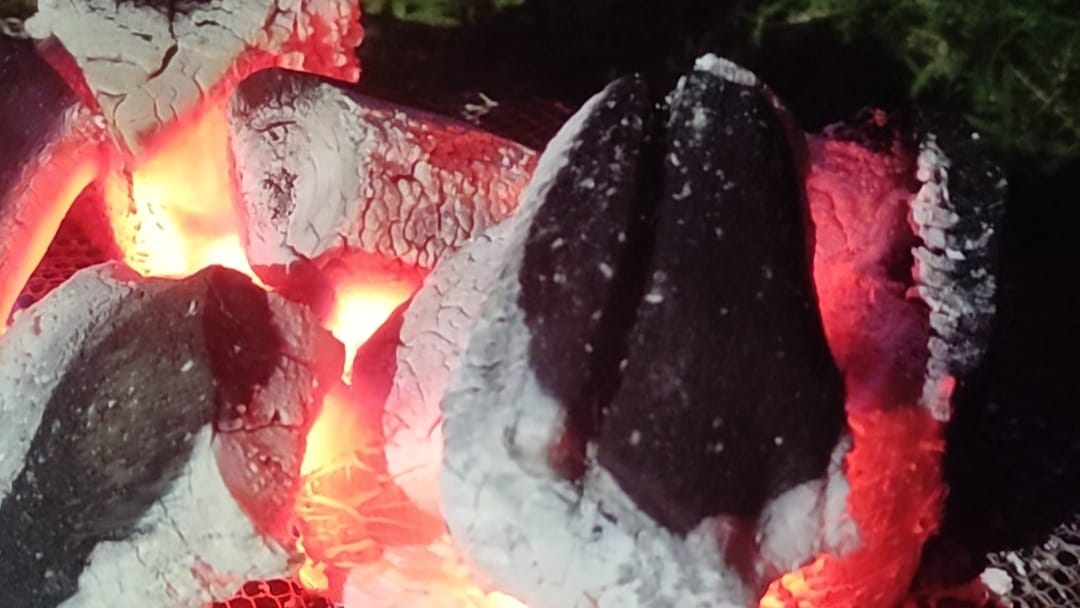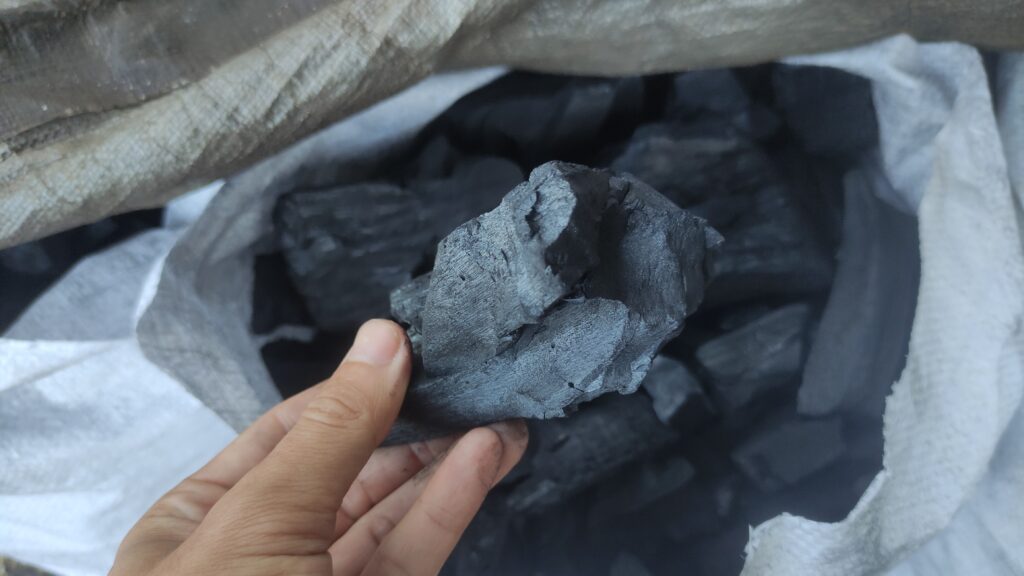
Wood charcoal is an essential product derived from the processing of wood and has been used as fuel and in various industrial applications for centuries. This article aims to explain the stages involved in the production of wood charcoal, from the forest to its final use.
Initial Stages: Logging and Wood Selection
The production of wood charcoal begins with the selection and logging of suitable trees. In Indonesia, Halaban wood is often used due to its durability and ability to produce high-quality products. After logging, the wood is cut into smaller sizes to facilitate the subsequent processes.
Drying and Preparation Process
Once the wood is cut, the next step is drying. Wood with high moisture content can lead to inferior products and produce a lot of smoke when burned. Therefore, it is crucial to dry the wood adequately before the carbonization process. Drying can be done naturally by sun-drying or using specialized drying equipment.
Carbonization: The Process of Turning Wood into Charcoal
Carbonization is a key step in charcoal production. During this stage, wood is burned with limited airflow control, typically in a kiln or specially designed furnace. This process can last from several hours to several days, depending on the type of wood and the methods used. During carbonization, water and other volatile substances within the wood evaporate, producing solid carbon that forms charcoal.
Finishing and Packaging
After carbonization is complete, the product needs to be cooled and cleaned of any remaining ash. Clean and high-quality charcoal is then packaged for market readiness. The packaging process must be carried out carefully to ensure that the product remains intact and undamaged. Once packaged, wood charcoal is ready for distribution, whether for domestic or industrial needs.
Benefits of Wood Charcoal in Various Sectors
This product has diverse benefits and is utilized in many sectors, including cooking, industry, and agriculture. In the cooking context, charcoal adds a unique flavor to dishes, especially in traditional cooking methods. Meanwhile, in the industrial sector, charcoal is used in various processes, including metallurgy and as an energy source.
Sustainability in charcoal production is essential, and choosing sustainable wood sources, such as Halaban wood, can contribute to environmental preservation efforts. For more information about Halaban wood and its benefits, please visit this link.
Conclusion
The production of wood charcoal is a complex and detailed process, starting from the forest and ultimately used as fuel. With the right selection of raw materials and environmentally friendly production methods, this product can provide an efficient and sustainable solution to meet energy and industrial needs. If you want to learn more about charcoal, visit بانواء إكسبور ماندييري for further information.
Wood charcoal not only serves as a fuel but also represents a rich tradition and culture. By understanding each step in its production process, we can appreciate every part of the burning charcoal and its role in daily life.


